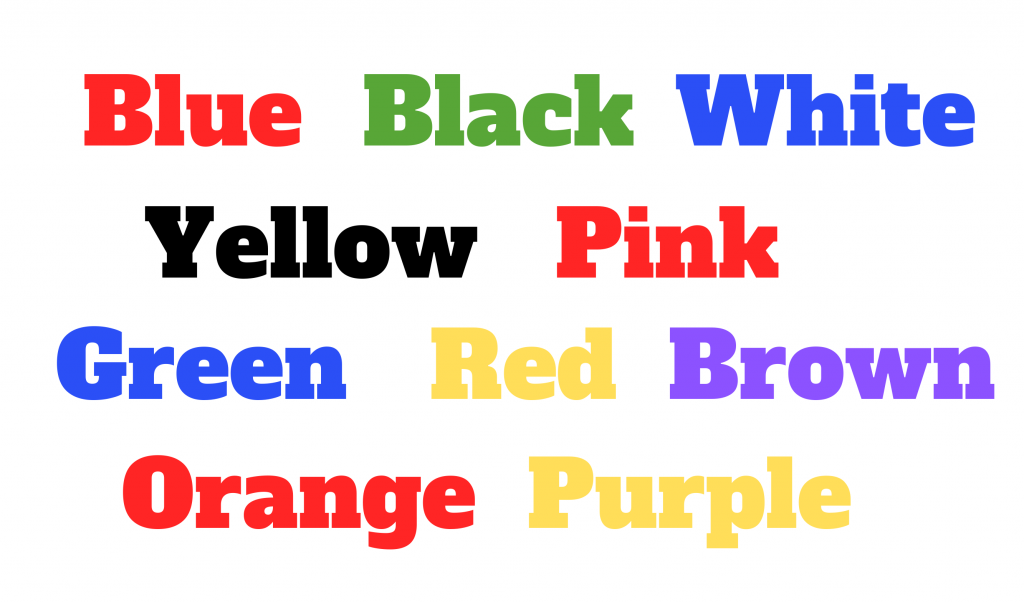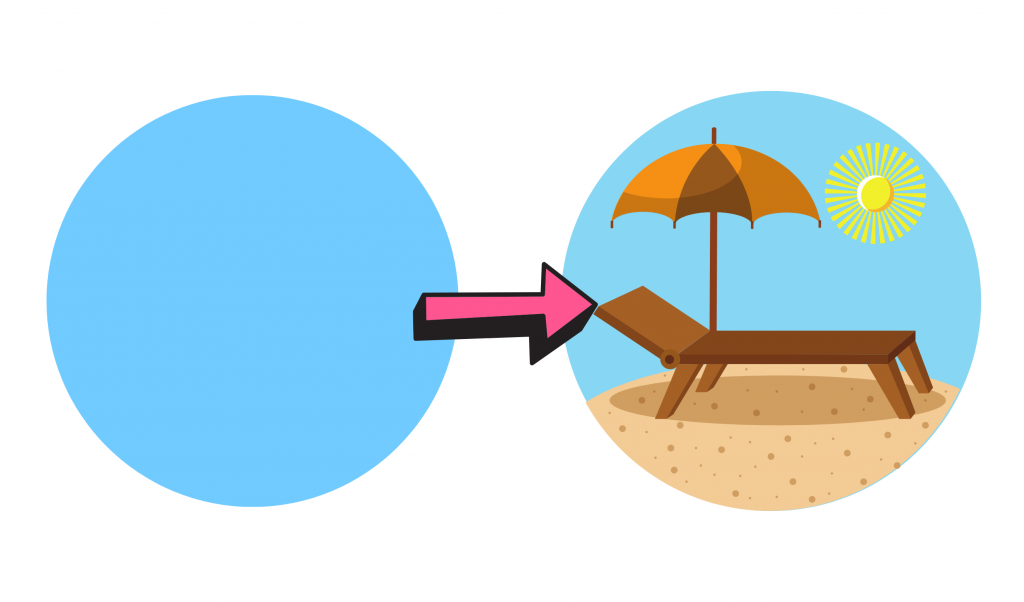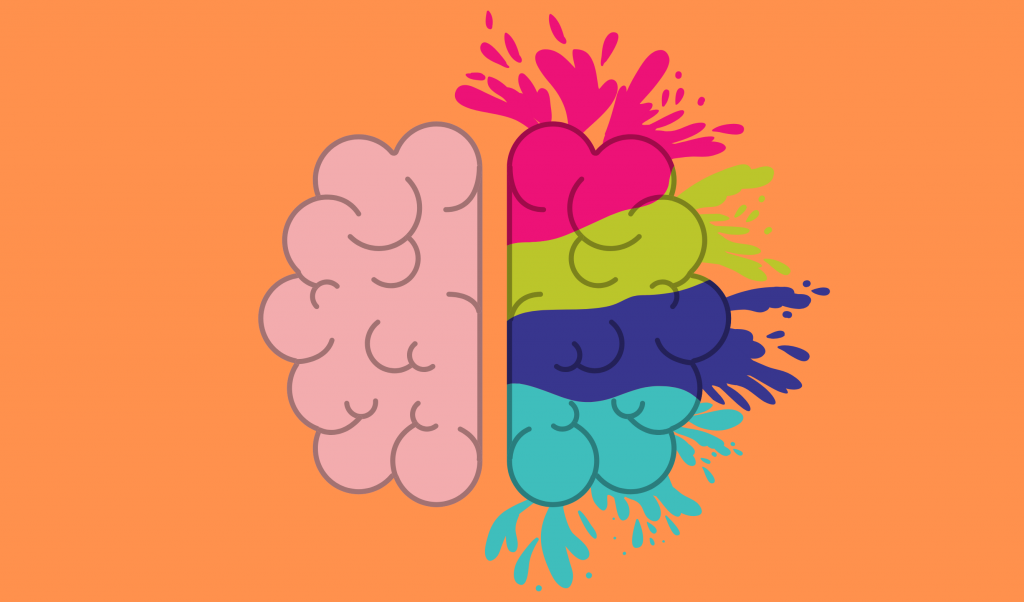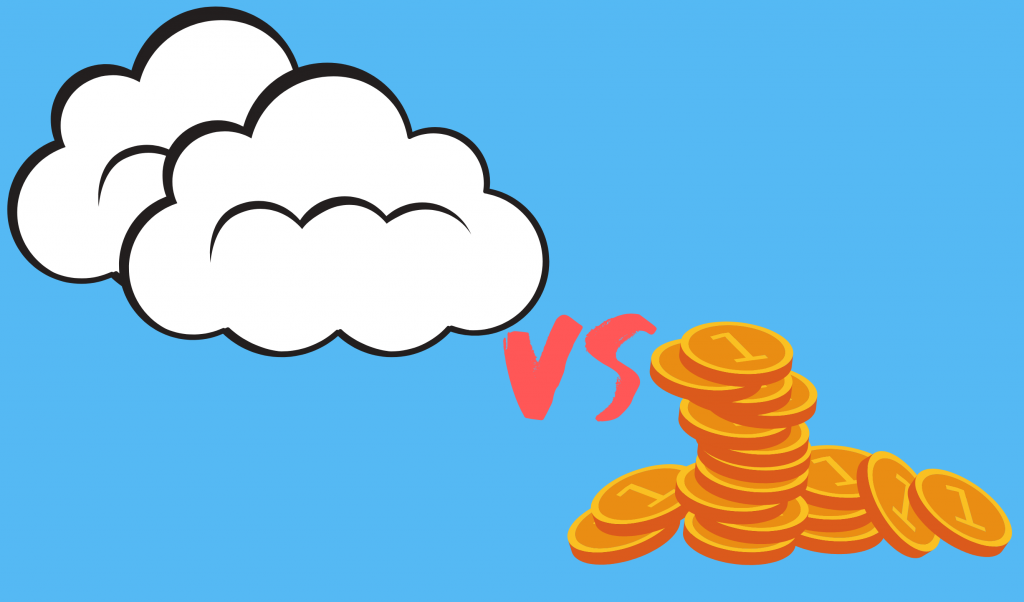It’s been a little while since my last advertising psychology article…
…so today we’re going in deep on a strategy that should be at the core of your branding and advertising strategies.
That’s right, this is priming in marketing, advertising psychology 101.
Before we get into what it is, how you can use it, some killer priming in marketing examples, a psychological game (that’ll help you understand) and tactics galore, I want to ask you a couple of poignant questions:
- What difference would it make to your ad campaigns, if you were able to psychologically heighten the importance of your key selling points, before you’d even presented them?
- What affect would it have on your conversion rates, price sensitivity and ROAS if your branding ‘primed’ users with the need for a product with your exact USP’s?
If you’re like me and you chase every last 0.1%, this article is going to equip you with a psychological advertising technique that could make a huge difference to your ad campaigns.
Let’s take a closer look at priming in marketing:
Contents
What is Priming in Marketing?
Priming in marketing is a subconscious reaction to stimuli that influences our conscious decisions to new stimuli. Priming works by using associations made in our subconscious, and are almost always unnoticeable to the subject.
If you’re not with me, here’s an example that’s been proven to work a treat:
If you own or manage a restaurant and order too much Italian wine, the best way to psychological prime your customers to buy this particular type, is to play Italian music in the background.
The subconscious will immediately place a higher importance on Italian wine, because the music will subconsciously associate your customer with Italian things, and hopefully that will include a time they enjoyed a good bottle of Italian vino.

Priming in marketing isn’t restricted to music, there are tons of ways of doing it and I’ll get to them all in just moment, but first, I need to answer a question of my own:
Is it Trickery or Manipulation to Use Priming in Marketing?
There is no doubt that priming has a psychological effect on prospects, but does that mean you’d be manipulating, playing mind-games or tricking viewers by using it?
Priming in marketing has been used since advertising began (and when I show you more examples very soon, you’ll see how it’s affected you)…
…but that doesn’t mean it uses any form of brainwashing.
In fact, priming can have the complete opposite effect on your prospects. If a feature is primed and you have negative associations with it because of a bad experience…
…your prospect will naturally turn down your offer.

Have you ever wanted to buy a product, only to reach the landing page, website or social profile, and then been completely turned off the idea?
This may be because you’ve been primed (accidentally or intentionally) to care about a particular feature that you may not need or care about.
So, is priming in marketing brain-washing?
In my opinion, no it isn’t. If the feature cannot be positively associated with your prospect in the first place, it will not have any effect.
A Priming Game: The Stroop Effect
To prove the power of associations on your subconscious, you’re going to play a little psychological game that will demonstrate priming in marketing.
This is called the Stroop Effect, and it works around very similar principles to those described so far (and the tactics I’ll show you really soon).
To play the game, all you’ll need to do is to read the following words and time (or take a mental note) of how long it takes you to say (or think quietly in your head) the colours of the following words.
BTW: DO NOT read the words themselves. All you’re trying to do is say the COLOUR that the word is written in!
Try these ones first:

And then see how long it takes to say these (in comparison):

Hopefully, you’ll notice that it takes a lot more thought, time and effort to get through the SECOND set of colours.
This is because there’s a stimuli (the word) that your subconscious is actively fighting against. In other words, the priming is going against you, making your life a lot more difficult.
If you look at the game objectively, there should be no reason that the second set are harder to read. After all, words are just a collection of letters…
…but the word BLUE makes you think blue, and that includes BLUE things too. And because I’ve just mentioned the word BLUE your subconscious is already making associations. These probably include:
- The sea
- The sky
- Both of the above
And if we follow that on further, priming you with BLUE (and you making subconscious associations to sea and sky) will probably make you more receptive to the idea of a holiday. Or at least make the idea feel more desirable.

And this is the power of priming in marketing.
By using tiny, unnoticeable stimuli, you can make a big impression on your prospect’s conscious decisions and their receptiveness to your offers.
BTW: If you’re more inclined to city break holidays, or adventure travelling, other colours will have a greater priming effect on your desire for a holiday.
Learn more in our Ultimate Guide to the Psychology of Colour in Marketing.
How To Use Priming in Marketing
Now that you’ve experienced the psychological power of this technique, you probably want to use priming in marketing.
In this section of our guide about the advertising psychology tactic, I’m going to give you some awesome examples and ideas for you to get started.
Let’s begin with something really simple that can make a huge difference:
Direct Attribute Priming

The best way to explain this is with an example. Here goes:
During a study, researchers approached customers in an electronics store, who’d entered to buy a new laptop.
Half of the customers were asked what their memory needs were, and the other half were asked what their processor needs were.
The question was not steering or leading, it was a straight-forward question about their needs.
However, the questions had a massive impact on the customers.
The group who were asked about memory, bought computers with higher memory and the group who were asked about processor speed, bought computers with much higher processor speeds.

Just by asking a simple (non-leading) question, the customers put more weight on these features and this affected their purchases when it came to a buying decision.
The fact is that when a feature is pushed under our noses, our subconscious immediately begins to make associations.
By using direct attribute priming, you can create associations and heighten the importance of your product’s strengths.
There are a number of ways of doing this, including:
- Direct questions
- Aspirational product/service images
- Product feature priming in ad copy
- Ad headlines
The key to using this technique is to NOT be salesy or leading. If you use priming in this way, you might trigger a negative association.
Priming in Branding
[click_to_tweet tweet=”Your colour, logo, language, social posts and name branding should prime your prospects for direct association with your strongest selling points.” quote=”Your colour, logo, language, social posts and name branding should prime your prospects for direct association with your strongest selling points.” theme=”style3″]
This should filter through everything, from your website, product landing pages and ads.
N.B. Even if you have made a sale, you still want your customer to have an amazing experience with your product so they recommend and refer new customers to your brand. Don’t stop priming them to value your strongest points.
A great example of this is a furniture store who performed a split test on their customers to see if branding their website differently would affect their customer’s purchasing behaviour.
On one landing page they used clouds and on the other they used pennies.

It turns out that the visitors who saw the landing page with the clouds bought sofas that promoted greater comfort and softness.
And those that saw the pennies, bought low-price budget sofas.
Most astonishingly about this test, many of the customers who were interviewed after their purchase, didn’t recall the cloud or pennies background, and nobody thought that the background affected their decision.
There are valuable lessons to learn from this test. Especially if you have a brand that centres around one particular selling point.
It’s important that you use imagery, language and colour branding that primes your prospects to make positive associations with your products.
Avoid Negative Priming
In order to use the power of priming, you should avoid any words that don’t associate with your key selling points (even if you use them in a negative context).

For instance, if I was selling shoes and my brand centred around the comfort of the shoes, I’d have more success using direct attribute priming, than saying something like, ‘comfort means so much more than style’.
By using language like this (above), I’m effectively doing two things:
- Telling prospects that my brand doesn’t value style (which will alienate anybody with the tiniest interest in this attribute)
- Making subconscious associations with ‘style’ that will prime my audience to care more about this feature, after already declaring that ‘comfort’ is more important
Indirect Attribute Priming
Our final technique for using priming in marketing are indirect techniques that influence the subconscious.
If you’ve read from the start of this guide, you’ll remember the example I gave earlier about the effect of playing Italian music to influence wine choice.
This is a clear example of how to use indirect priming to affect buying decisions.
Indirect attribute priming can be as simple as playing particular types of music or using seed words to stir subconscious associations (like the ‘blue’ example earlier).
Conclusion
Priming in marketing is a technique that can have a massive impact on your advertising psychology
By making tiny, unnoticeable changes to your ads, you can drastically improve their return.
Consider the examples, tactics and ideas in this article and how they can align with your brand.
And if you’re already using priming in marketing, let us know!
- Author Details







4 Responses
Very interesting Josh, I will look at my own content and see how priming might work with it.
Thanks Distin.
Great article. I need to to use more psychology in my marketing, this could be the place to start.
I want to learn more about priming and it’s effects.